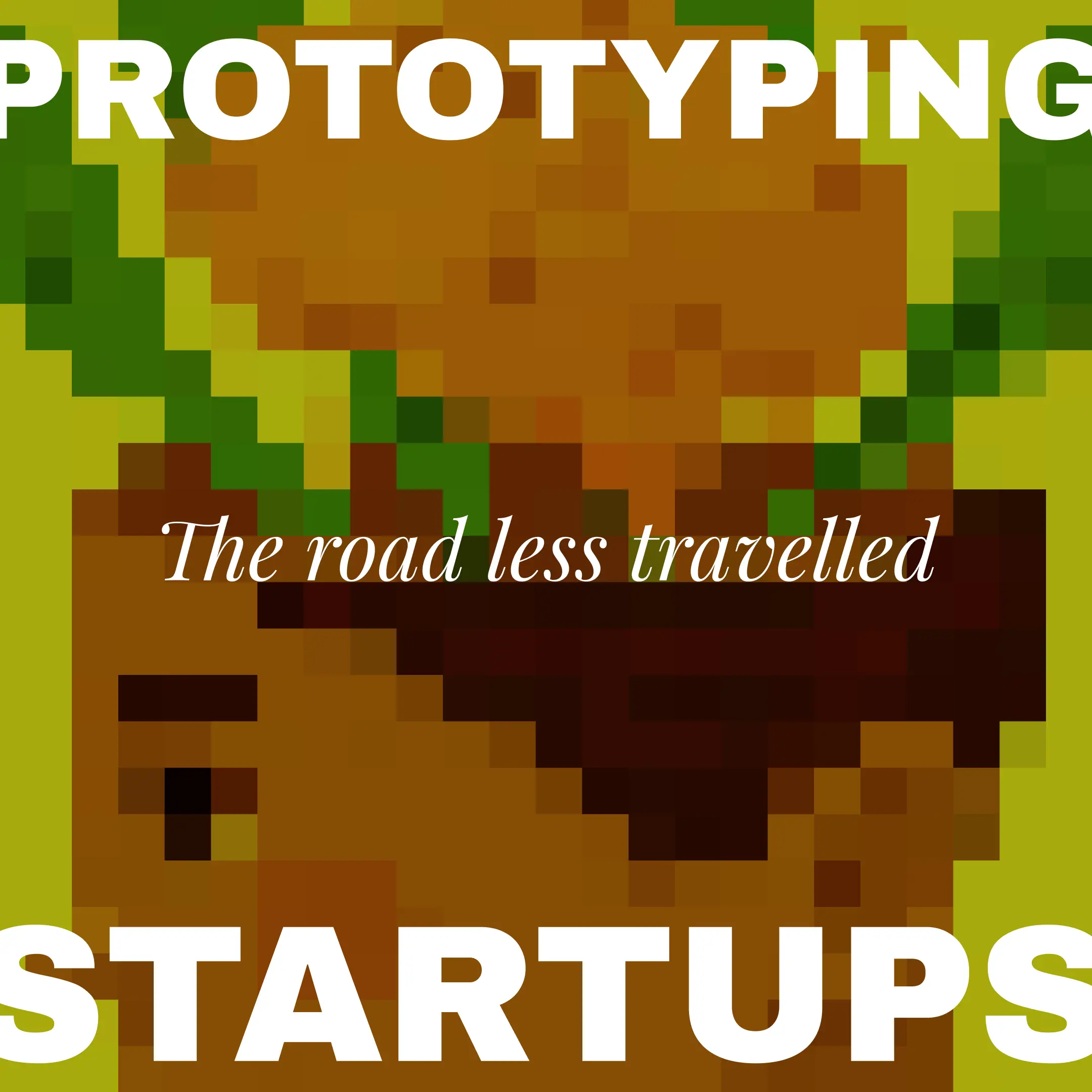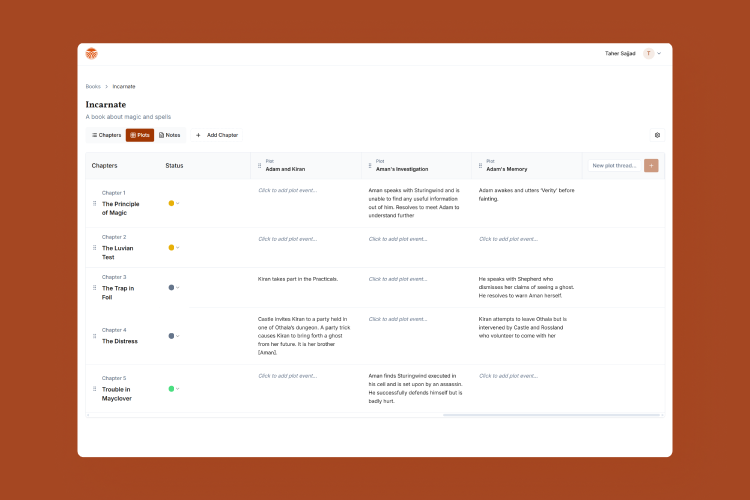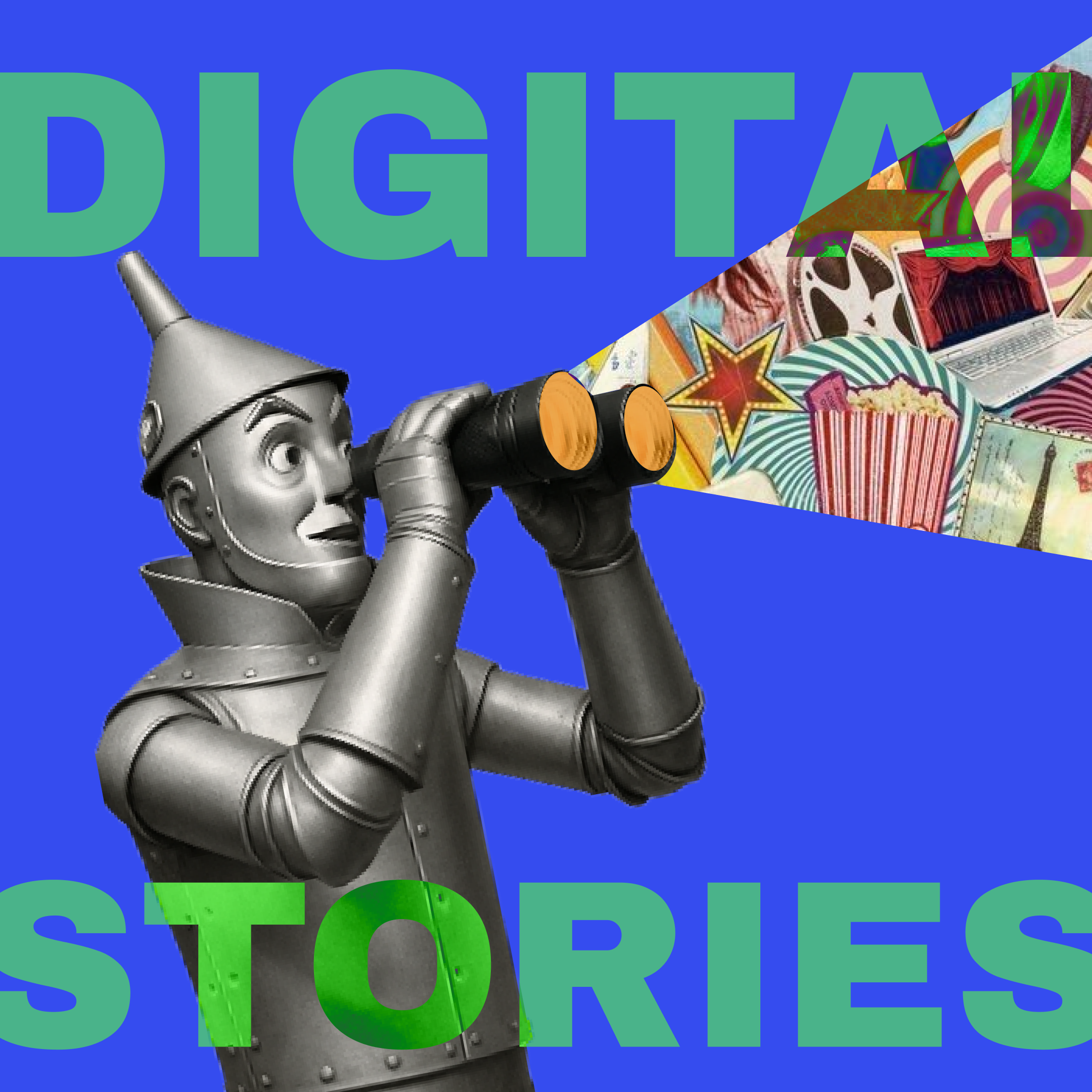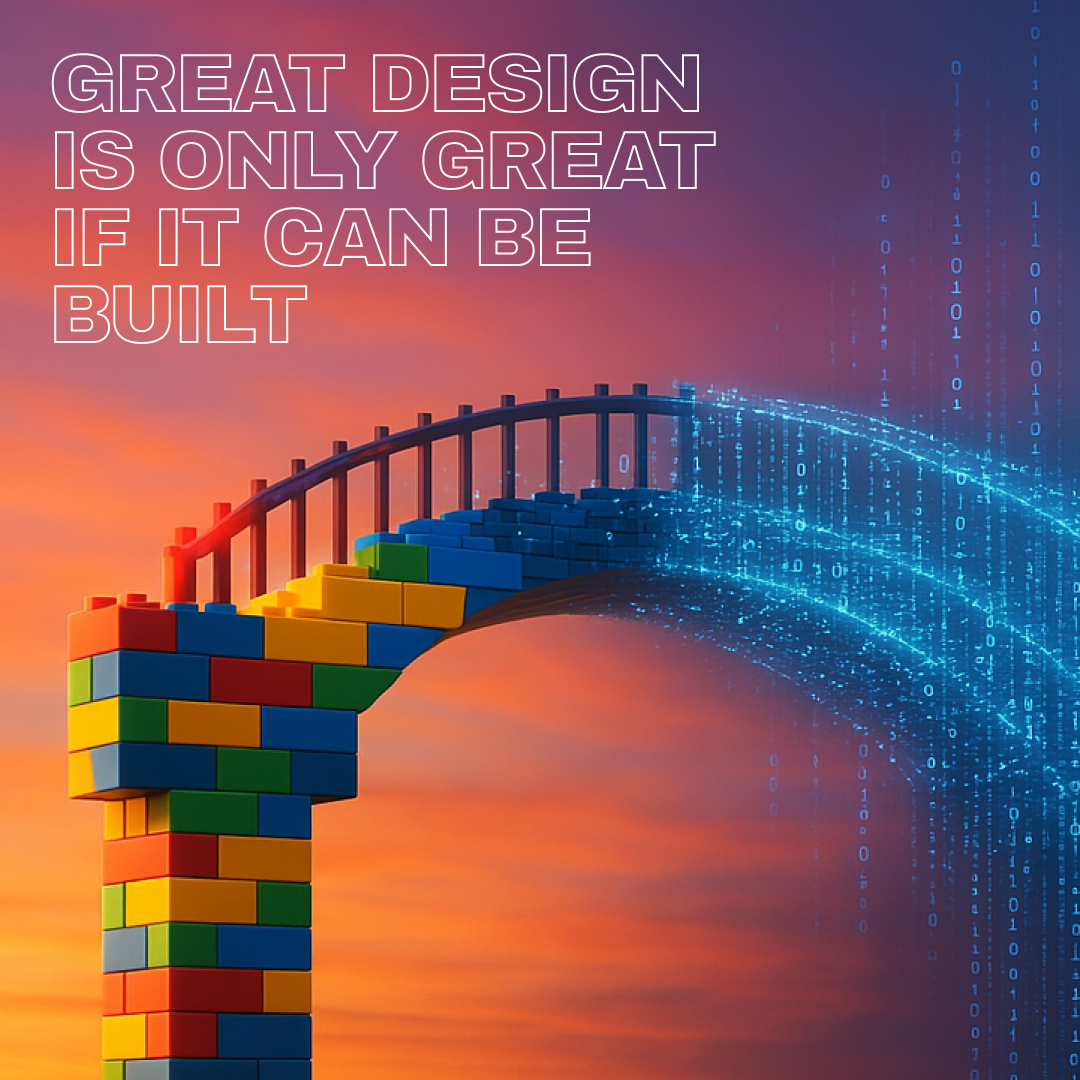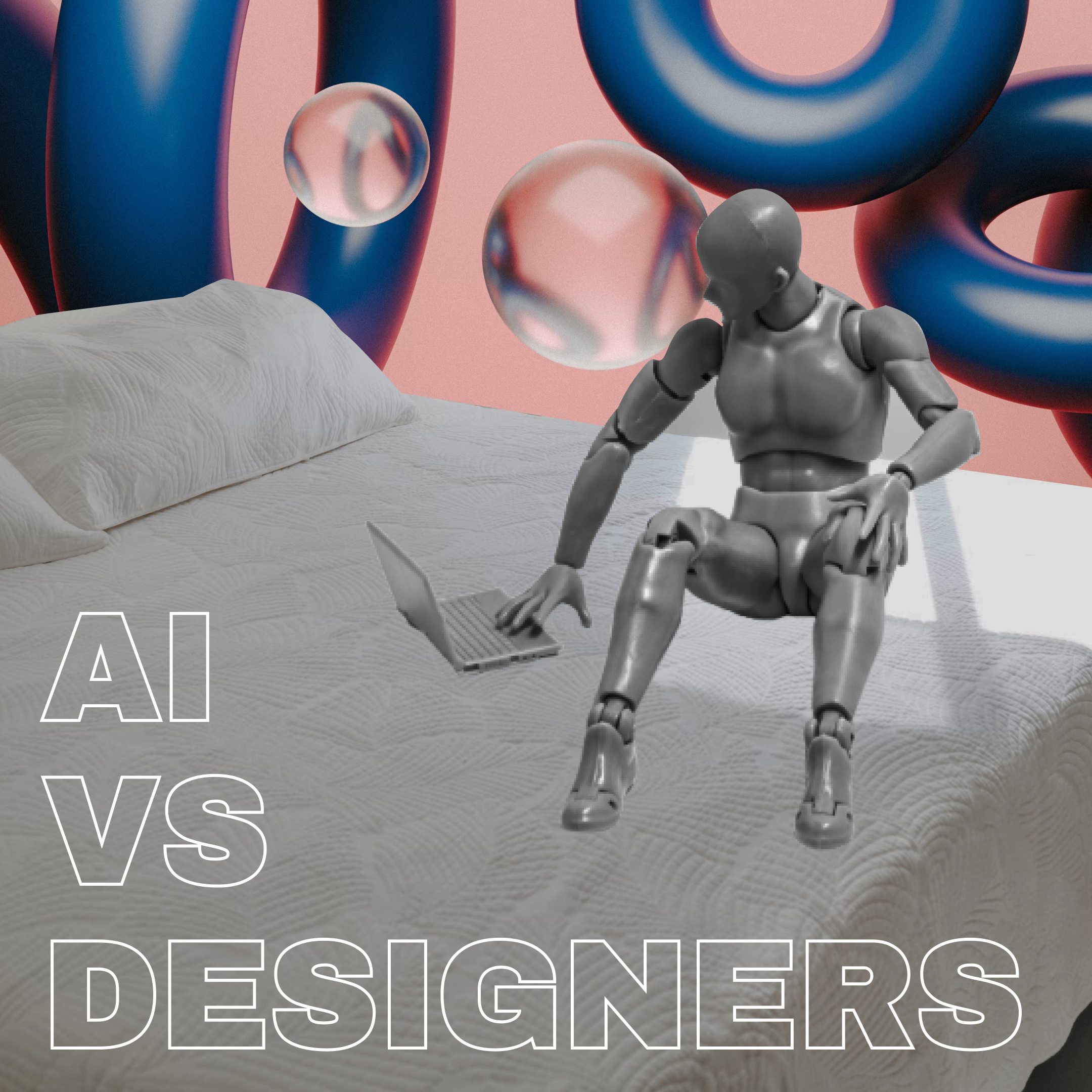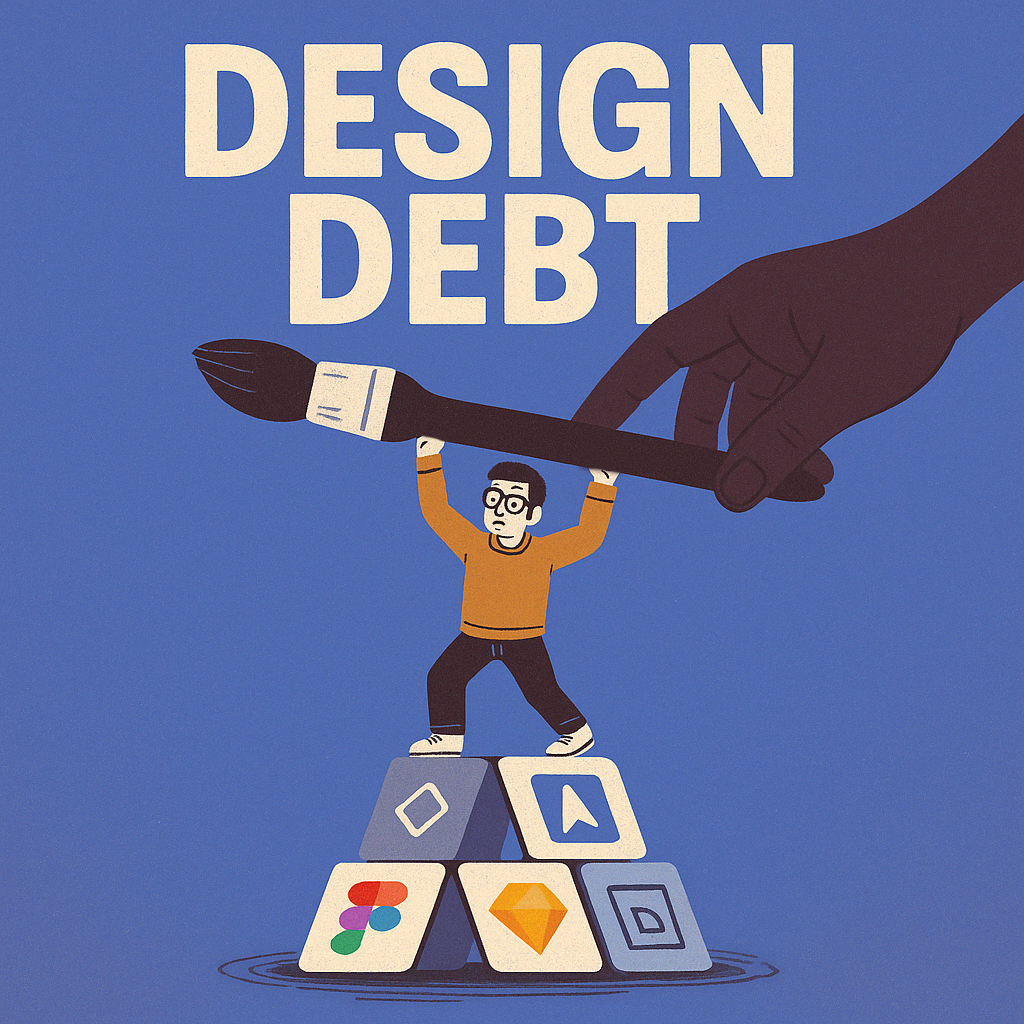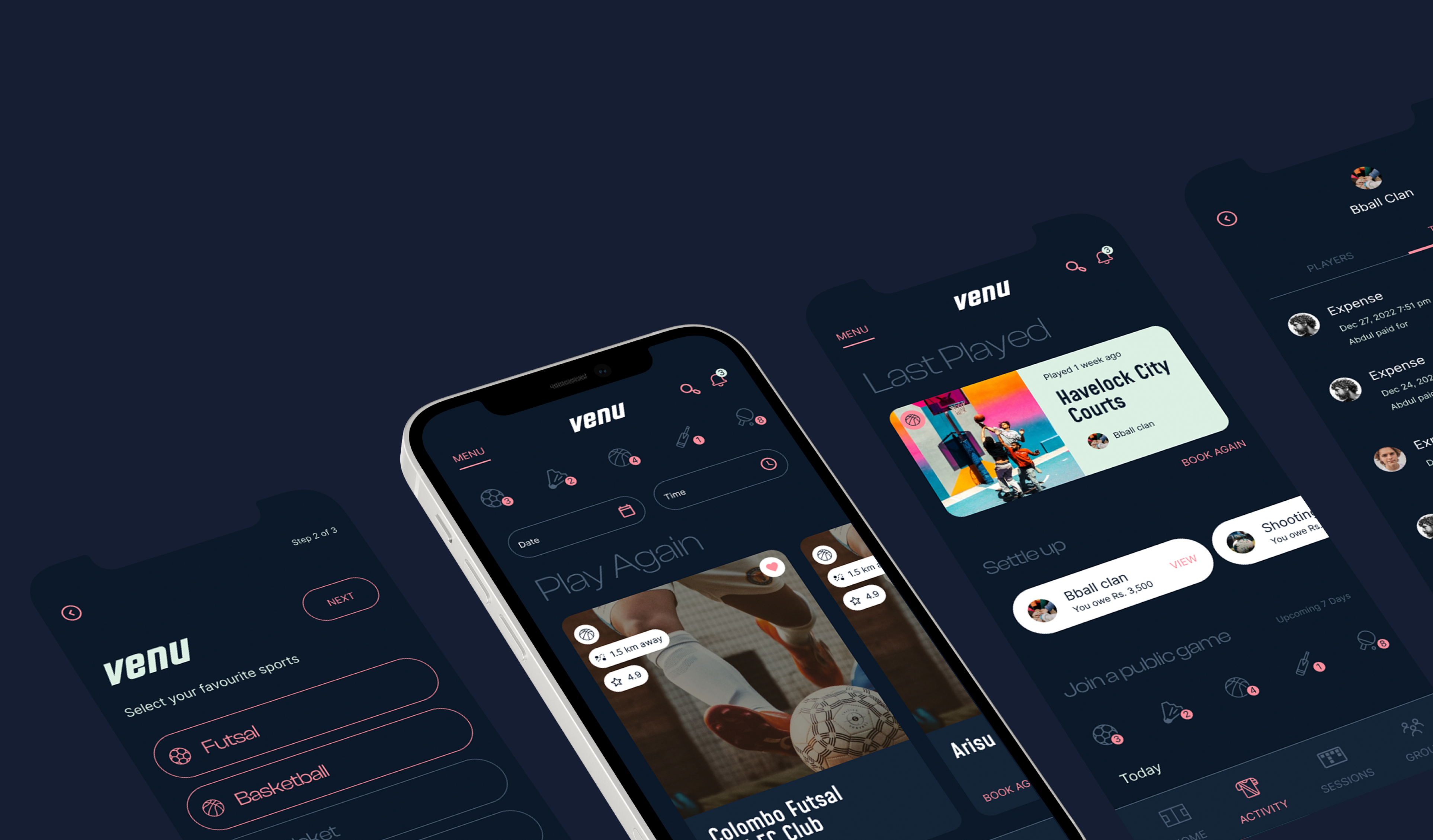Learn how to define, create, and understand the importance of a Minimum Viable Product (MVP) for startups and SMEs. Discover actionable steps to streamline your idea, validate it with early users, and attract investors. With insights from our worksho
How Storytelling Can Transform Your Digital Product Experience
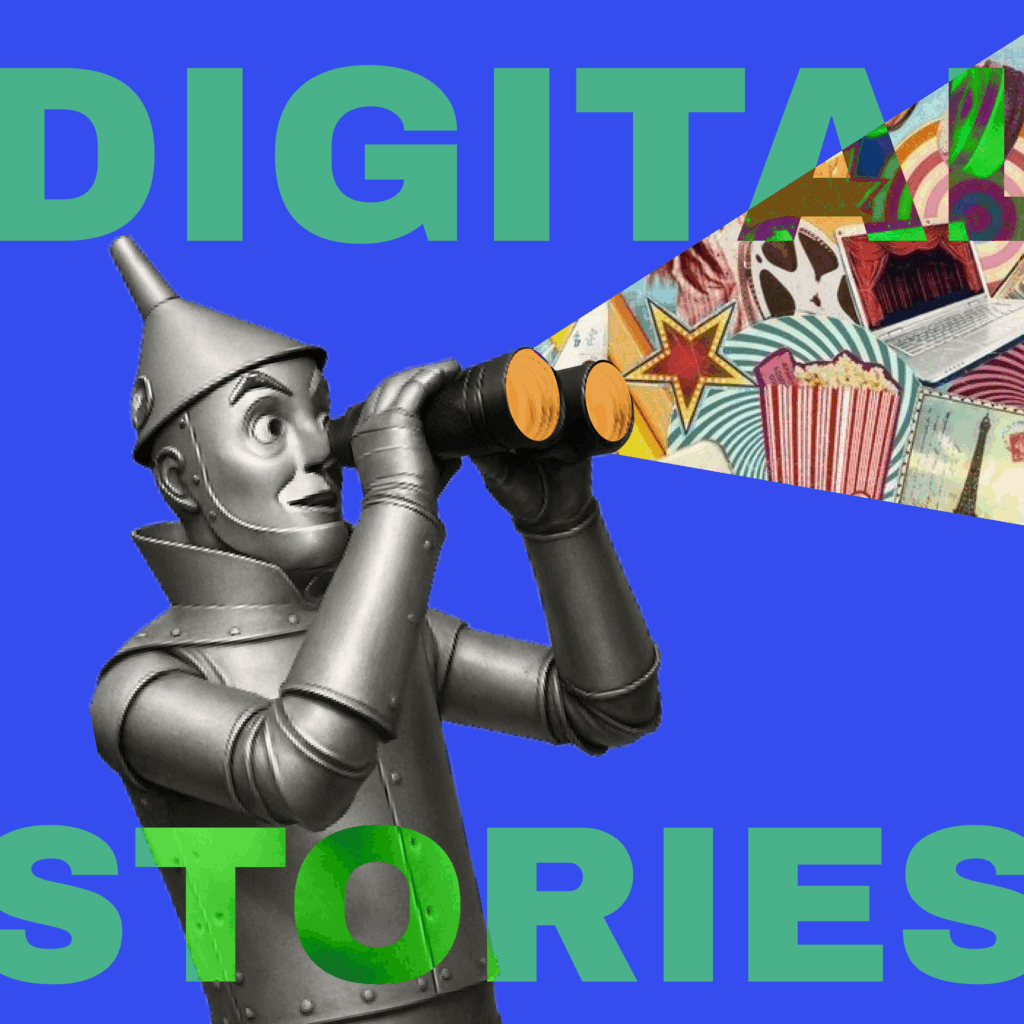
The Power of Storytelling in Design
People don’t just buy products—they buy experiences, emotions, and connections. That’s why the most successful digital products go beyond functionality. They tell a story.
In today’s competitive market, story-driven design can set your product apart. It transforms static interfaces into dynamic experiences, making users feel something rather than just see something.
So, how does storytelling shape digital experiences? Let’s dive in.
“People don’t buy products; they buy stories, relationships, and magic.” – Seth Godin
Why Storytelling Matters in Digital Products
What makes people engage with a product?
It’s not just about features—it’s about how the product makes them feel.
🔹 Emotional Engagement – Stories evoke emotions, making products more memorable.
🔹 Brand Identity – A strong brand story builds trust and recognition.
🔹 User Experience – Storytelling helps guide users through a seamless digital journey.
💡 Example: Imagine an onboarding experience that walks you through an app like a guided journey rather than dumping all features on you at once. That’s storytelling in action.
Elements of Storytelling in Digital Product Design
So, how do you weave storytelling into design? Here are three core elements:
- Visual Narratives
- Use colors, illustrations, and animations to tell a story visually.
- Example: Google Doodles use playful animations to highlight global events.
- Brand Identity
- Every brand has a voice. Ensure that tone, messaging, and design align with its story.
- Example: Apple’s sleek, minimalist UI reinforces its “simplicity and innovation” narrative.
- User Experience & Interaction
- Design should guide users like a story—with a beginning, middle, and end.
- Example: Netflix’s personalized recommendations make users feel like the platform “knows” them.
Case Studies: Storytelling Done Right
✅ Nike:
Nike doesn’t just sell shoes; it sells motivation. From Nike Run Club to their ad campaigns, everything they design inspires users to push boundaries.
✅ Airbnb:
Their entire platform is story-driven, from host stories to customer experiences, making every booking feel like a shared community experience.
✅ Duolingo:
The app gamifies language learning, creating a fun, narrative-driven experience that keeps users engaged.
How We Implement Storytelling at Tandm Studio
At Tandm Studio, we design products that don’t just work—they tell a story.
💡 Here’s how we do it:
🔹 Visual Storytelling: We use illustrations, transitions, and branding to create a seamless experience.
🔹 User Flows That Feel Natural: We map out user journeys like chapters in a book.
🔹 Brand Integration: We align UI/UX with a brand’s mission, values, and audience.
🚀 The result? A product that feels personal, engaging, and irresistibly user-friendly.
Practical Tips: How to Incorporate Storytelling into Your Product
If you want to integrate storytelling into your product, here’s how:
🔹 Use Microinteractions: Small animations that provide feedback and delight users.
🔹 Create Personalized Journeys: Tailor experiences based on user behavior.
🔹 Focus on Emotional Design: Use colors, typography, and tone to match your brand’s story.
🔹 Gamify the Experience: Make interactions rewarding, just like Duolingo or Fitbit.
💡 Example: If your app helps users save money, don’t just show them a number—tell a progress story
Every Product Has a Story—What’s Yours?
A well-designed product isn’t just about features—it’s about the journey it takes users on.
Whether it’s an app, a website, or an interactive experience, storytelling can transform it from functional to unforgettable.
📩 Need help crafting a product that connects with users? Let’s talk.
